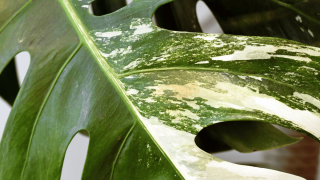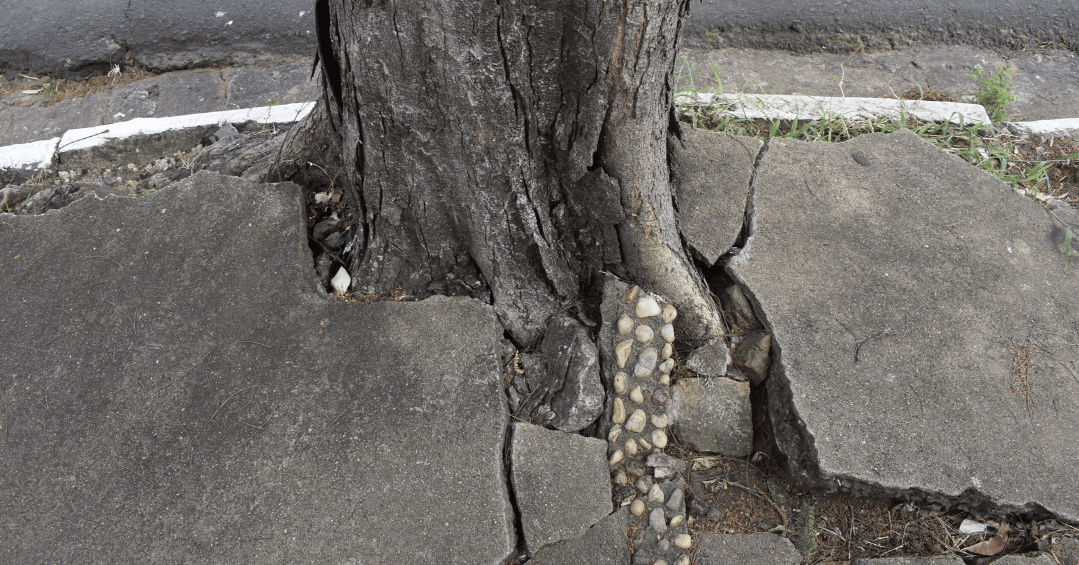Thrips are tiny insects with piercing and sucking mouthparts that feed on leaves, flowers, and stems. Their feeding causes silvery streaks, leaf distortion, and discoloration. Knowing how to identify and manage thrips damage early can save your plants from serious harm.
Identification and Recognition of Thrips Damage
The first signs of thrips damage are small silvery streaks or speckled patches on leaves and flowers. You may also notice frass or dark droppings left behind on the surface. Affected plants often show distorted growth or curling at the tips.
To confirm an infestation, gently tap or shake a leaf over a white sheet of paper. If you see tiny slender insects moving quickly, you likely have thrips. Use a hand lens to spot their distinctive markings or larvae. Common species include Scirtothrips citri and Thrips tabaci. In some cases, thrips can spread viral diseases such as Tomato Spotted Wilt Virus.
Thrips Biology and Life Cycle
Understanding the thrips life cycle helps with control. Adult females insert eggs beneath the leaf surface. After hatching, larvae feed on the plant before dropping into the soil to pupate. Pupation sites vary but are often found around plant bases or debris. Thrips can produce several generations per year depending on temperature. Many species such as Frankliniella occidentalis reproduce through parthenogenesis, meaning females can produce offspring without mating. Because of this rapid cycle, populations can increase quickly and resistance to insecticides may develop if treatments are overused.
Host Plants and Susceptibility
Thrips are highly adaptable and attack a wide range of plants. Some of the most susceptible include ornamental plants such as Azalea, Gardenia, Hibiscus, Dracaena, Rhododendron, Magnolia, Viburnum, and Dogwood. Houseplants such as Peace Lily, Calathea, Alocasia, and Monstera are also common targets.
Crops such as onions, citrus, and cucumbers may suffer from Thrips tabaci, Scirtothrips dorsalis, and Thrips palmi. White or yellow flowers and tender new growth are especially attractive. Because thrips can feed on alternate hosts, nearby weeds often serve as reservoirs for viruses.
Monitoring and Early Detection
Checking your plants often is the best way to stay ahead of thrips. Look for indications of feeding under leaves and around new growth. Sticky traps, especially blue and yellow cards, can help you discover groups of people early on. Set traps near plants that look sick, like petunias. You can also find infestations by using water pan traps and inspecting closely in bright light. Keep track of where thrips are most common so that you can handle them better in the future.
Prevention of Thrips Infestation
Preventing thrips begins with clean plant care. Always inspect new plants before bringing them indoors or adding them to your garden. Isolate any plants that seem infested for a few weeks. Remove fallen leaves and prune affected areas to stop pests from spreading.
Use mesh screens to keep thrips out of greenhouses. Maintaining good hygiene and washing plants regularly can reduce risks. Sticky traps and predatory mites in sachets can offer added protection. Choosing resistant varieties and avoiding overcrowding also helps prevent outbreaks.
Biological Control Methods
Nature gives you help to fight thrips. Macrocheles robustulus and Stratiolaelaps scimitus are two types of predatory mites that eat thrips larvae. Steinernema feltiae and other beneficial nematodes destroy thrips in the soil. Other natural enemies include lacewings, ladybugs, minute pirate bugs, parasitic wasps, and predatory bugs.
Fungal agents such as Isaria fumosoroseus and other entomopathogenic fungi infect and kill thrips naturally. These biological control methods are ideal for integrated management because they target pests without harming beneficial insects or pollinators.
Impact on Houseplants and Indoor Plants
Thrips can thrive indoors where the air is dry and circulation is limited. Houseplants with broad thin leaves such as Peace Lily or Dieffenbachia are especially vulnerable. You might see distorted tips, misshapen leaves, or spotted petals. Flowers can wither and dry too soon.
Greenhouse thrips may leave excrement on the leaf surface.
Management and Control Strategies
To get rid of thrips, you need to use a number of different approaches. To begin, clean up by getting rid of broken leaves and trash that has fallen. Use blue sticky cards to keep track of activity and encourage biological control by using natural predators.
If necessary, apply insecticidal soap or horticultural oil to reduce active thrips. Always rotate products to avoid resistance. For severe infestations, follow a structured management program that includes cultural, mechanical, biological, and selective chemical control.
Consistent monitoring, fast action, and proper care remain the best long-term strategies for control.
Contact Strobert Tree Services at 1 800 TREE SERVICES
If you notice thrips damage on your trees or plants, our certified arborists can inspect your property and recommend safe and effective treatments.











